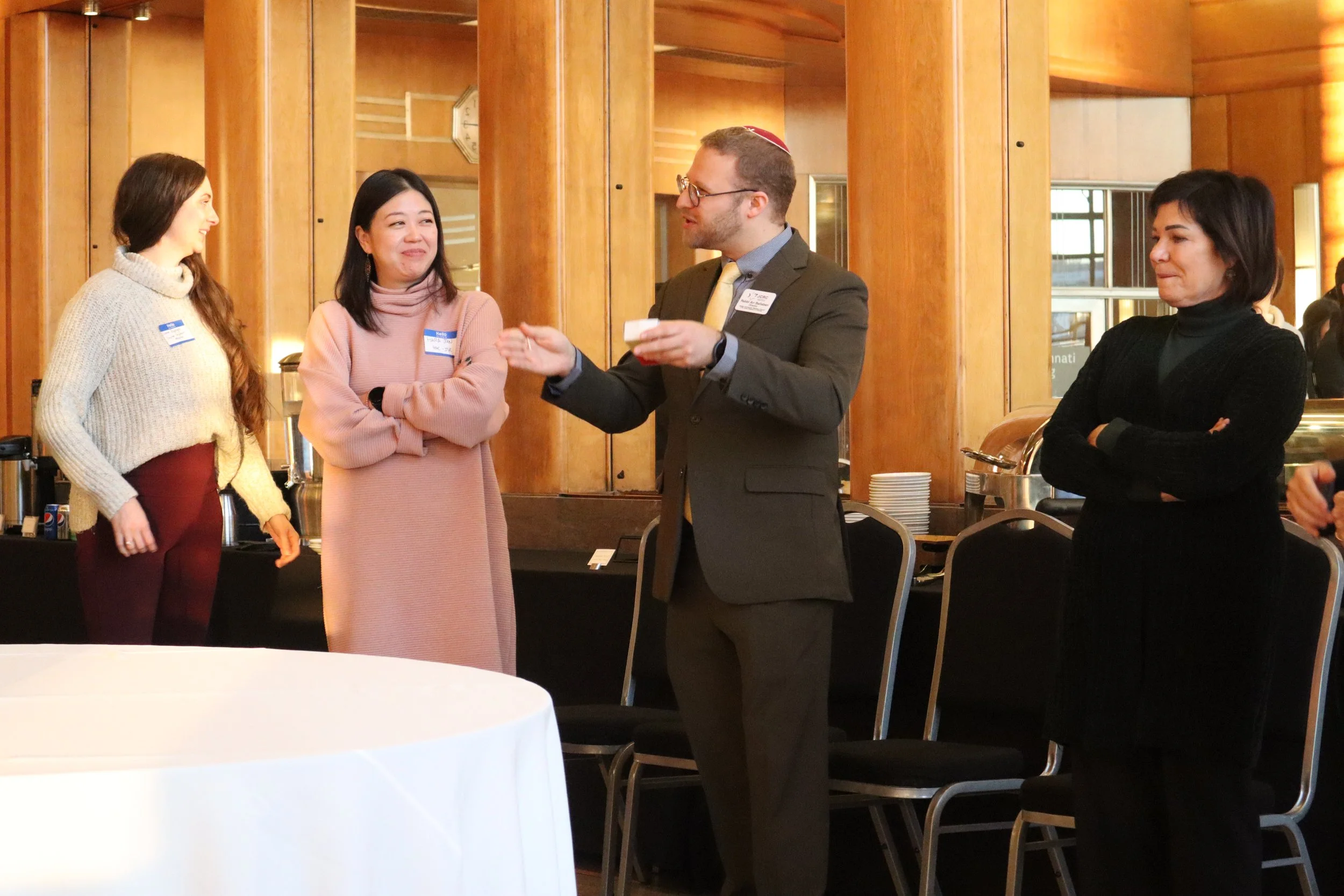Giving Jewish Education a Facelift (Temple Beth Or)
Many of you know that I recently went on a short trip to Israel. This trip—which was jointly organized by the Reform movement (through the Hebrew Union College) and Israel's Ministry of Foreign Affairs—gave me and 14 other newly ordained rabbis the opportunity to meet with a wide range of individuals representing the many communities of Israel. Within this one week, I was able to meet with radically secular Israelis and ultra-Orthodox sociologists, politicians from the far right and left of the Knesset (Israel's legislature), Orthodox Jewish settlers in the West Bank and Arab-Israelis of East Jerusalem, and Israeli Supreme Court justices and Israel's president Reuven Rivlin. To say that the program gave equal "air time" to all groups feels like an understatement. Nevertheless, this description may be a helpful oversimplification in trying to express how multivalent our experience was.
The trip left me with far more new questions about how we, as American Jews, should form a relationship with Israel than it answered (Though, as a rabbi, I'm inclined to see this as more of an endorsement than an indictment!) It also reinforced to me how important it is that we continue to prioritize education about Israel and Zionism in our school. It is essential that we create a culture in our school which can make this possible- one which includes lively, age-appropriate discussion, activity-based, multi-modal learning, and a diverse assortment of Jewish extracurricular opportunities which can help our students develop a rich understanding of Jewish culture. While these 3 educational priorities are important for teaching about Israel, they—in reality—are also educational tools which can help us to engage our students on any topic.
With the goal of integrating these 3 methods in mind, the Education Committee has decided to radically re-imagine how we run Temple Beth Or’s religious school; starting in the fall, we will be transforming our school to reflect this. In many ways, the model to which we are shifting is more camp-like, especially in that we are working hard to integrate activity and discussion into our students’ educational experience.
The Education Committee and I are still working to solidify the exact details of what will come, but as of now I can describe the new model as follows: We will be dividing our students up into several multi-grade age groups (e.g., K-2, 3-5, 6-8, though these may still change), in which students will spend the day. The schedule will be mainly formed around 3 activities. First, all of our students will begin the day with a shiur (lesson) which will connect to an annual topic. After this, students will have two different electives, which will vary from week to week, during which they will be able to learn and experience how they can connect Judaism to all parts of their lives. This will happen by having our students participate in a rotation of electives: cooking, sports, art, music, and more. In all of these, the students will learn how Judaism has its own rich history and culture which can inform our lives.
One of the overarching goals of this new approach is to make our school more exciting and engaging for our students. I am confident that in our new “camp,” we can help our students both have a fun time each Sunday and receive a high-quality of Jewish education.

